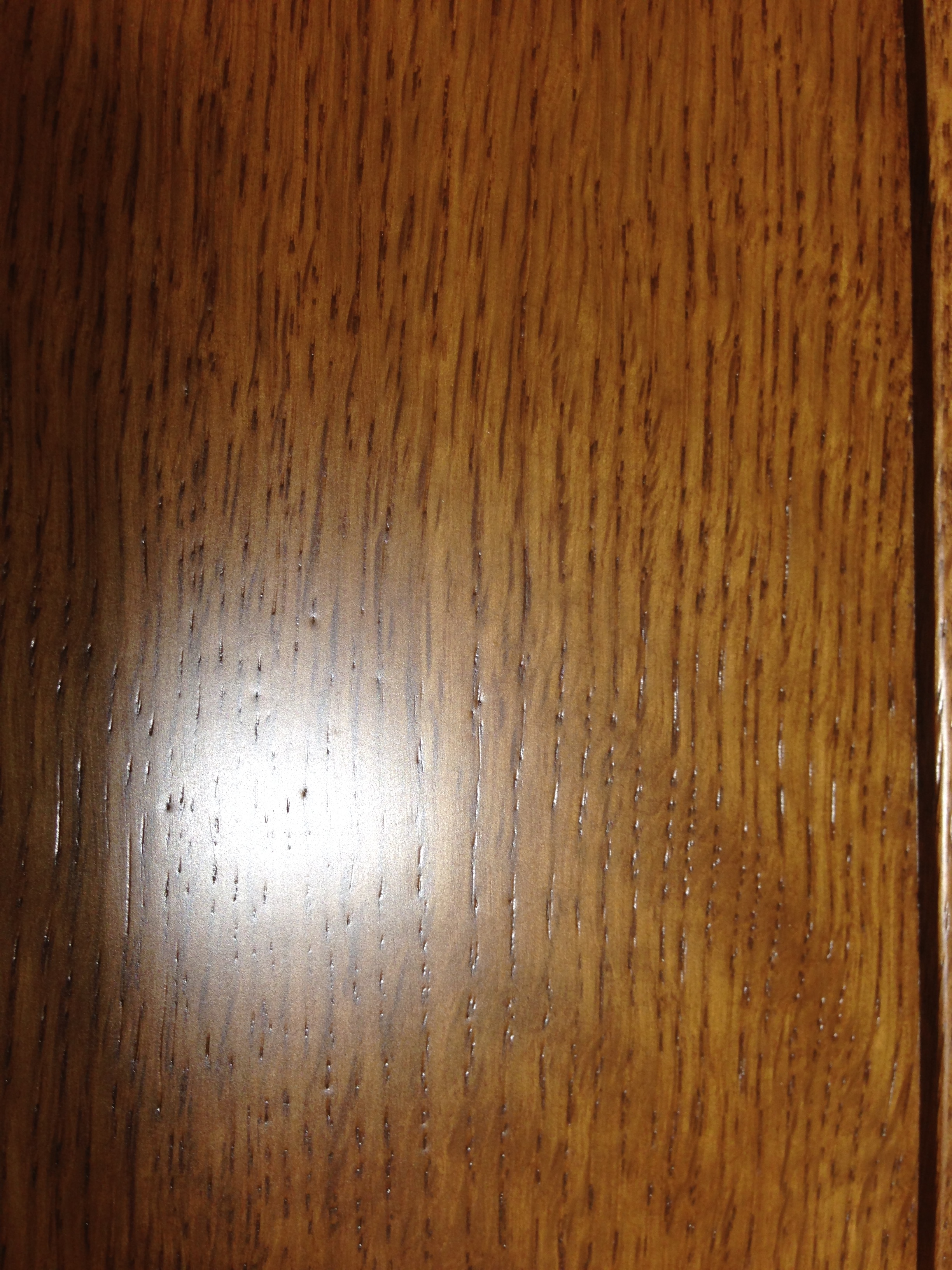I have always struggled to get a nice looking, open pored finish that still maintains an appropriate dry film thickness. I'm mainly talking about white and red oak, and walnut. I spray CV, and usually two coats looks great, but with catalyst and reduction, does not get me to the mfgs suggested film thickness. I have tried heavily thinned sealer coats, spraying unthinned, spraying three coats thinned, and the only way to get there is with three full strength coats or sometimes 1 seal 2 topcoats. Its the third coat that usually starts to look funny. I usually end up with pinholes around the pores of the wood. Is this just the open pored look? How are others dealing with this issue? I use MLC Klearvar. Thanks.
From contributor Ke
Well, if you are satisfied with the appearance after the second coat, why on earth would you apply a 3rd? Those film thicknesses are a guideline and should not be EXCEEDED. That doesnt mean you have to get right up to that point. If you are happy with it after 2 coats, and you have not exceeded the manufacturers film thickness recommendation, then by all means call it done!
But, i have found that Sherwin Williams formaldahyde free conversion varnishes are VERY pleasant to work with and do a great job on open grain projects. Give it a shot. They dry fast and the sealer powders up so niceley, like using a precat vinyl sealer. You can reduce them with standard lacquer thinner as well, making it a much more versatile coating (this especially helps with open grain projects).
From contributor Ke
Thanks for the tip on the SW product. I know stopping at two coats seems logical, but the data sheets on Klearvar say build to at least 2.5 mils, but no greater than 5. By my calculations, spraying two unreduced coats gets me to around 2-2.2 depending on how much I sand. Also, thinning it a bit for flowout only reduces that final film thickness. I have had great results thinning 10% after catalyzing, but still feel like I need three coats. Am I overly concerned with getting to 2.5 mils? Is two mils adequate? No issues with other woods or pigmented jobs, just the occasional oak or walnut job.
From contributor Ro
You might try and open the pores a bit more prior to beginning your finishing process. Consider a brass bristle brush. One key to an open pore, yet durable coating is to have a sharp edge to the pores. The brass brush will accomplish this. Also, when sanding your coating, use a hard block. The hard block will cut the coating flush...by just sanding by hand you will just roll over the coating instead of cutting it flush.
From contributor Le
MLC has a sealer that is specifically designed to deal with grain filling, Level Sealer®, which has a 10-12 dry mils limit.
From contributor se
yeah the soft (short) wire brush is great for getting clarity with open grain substrates, also hoovering the piece and/or blowing out with compressed air if you have is helpful, without either of these I find the dust and crud bridges out the pores a bit.